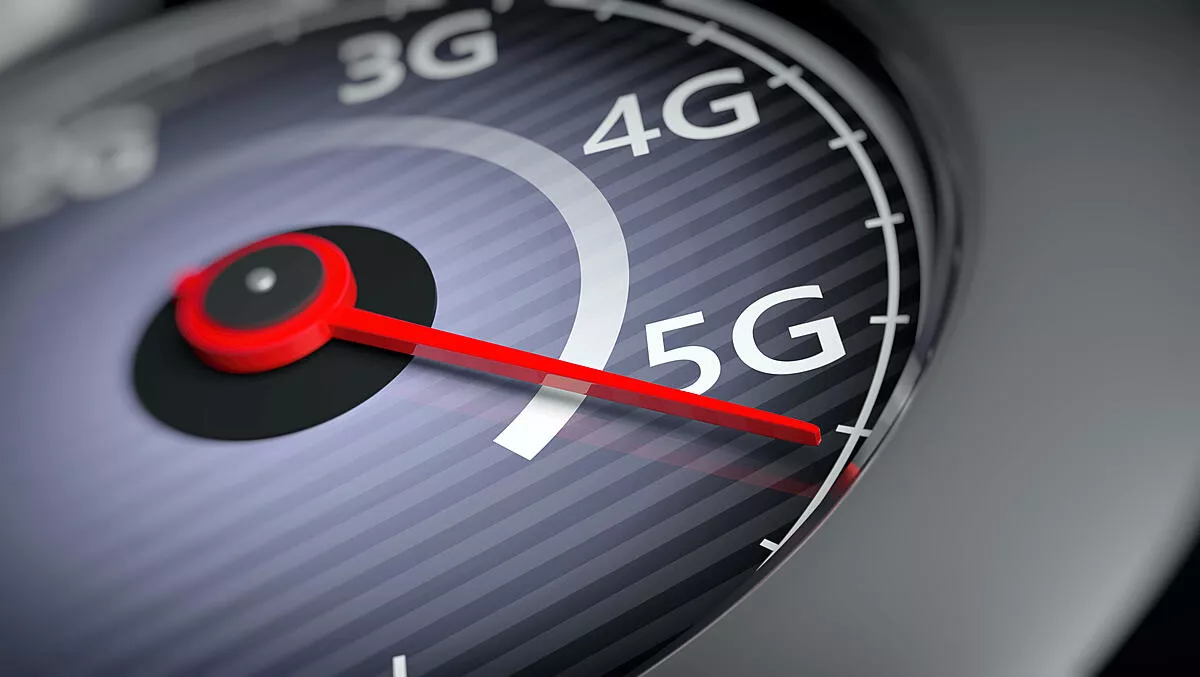
Global consumers to trade in 810 million smartphones in favour of 5G devices
Up to 810 million mobile devices may be given back to retailers, according to a new study finding 68% of consumers would be willing to trade-in their device in favour of a 5G-capable upgrade.
But the research from Blancco Technology Group concludes that the collection of devices in such a large quantity in a short space of time will be difficult.
The study surveyed 5,000 consumers from across the world on their sentiment toward 5G smartphone upgrades and preparedness for trading in used mobile devices.
The 68% majority of those willing to upgrade at the point of 5G upgrade bodes well for mobile operators, OEMs and third-party logistics providers (3PLs), according to Blancco.
These industry players stand to gain significant additional revenue by unlocking the latent value in used smartphones – a market that, according to IDC, is set to be worth US$67 billion in 2023.
The research study concedes that owing to the relative infancy of this secondary device market globally, the sheer amount of old devices which would be potentially traded in presents a hefty challenge.
One such challenge: should half the projected amount (810 million) be collected, it will still represent nearly double the number of used devices shipped for re-sale in 2019 (206.7 million devices, according to IDC).
"The widespread global availability of 5G in 2020 is going to significantly increase the number of used devices coming back to operators and OEMs through buy-back and trade-in programs," says Blancco executive vice president of products and technology Russ Ernst.
"Secondary market stakeholders must be ready to deliver an excellent customer experience, and that means efficiently processing devices through various customer processes—from the retail store and back through to the reverse supply chain.
Buy-backs and trade-ins are just one of the reasons operators and OEMs might receive used smartphones from their customers.
Other channels they must manage include diagnosing and processing devices received from warranty programs or repair requests, expiring lease deals or insurance claims.
Operators and OEMs must prepare for the potential huge influx of devices, taking particular care with planning and partner selection.
This, according to the research from Blancco, will be crucial in evaluating these devices in preparation for resale.
"Most consumers engaging in the secondary device market in 2020 will be doing so for the first time," says Ernst.
"It is critical that the operators, OEMs and 3PLs provide the best possible experience by offering customers the maximum amount of money back for their devices, thereby maximising their chances of repeat business.
"To do this, they must consolidate existing procedures and improve visibility of every stage of the mobile device journey, while committing to data security and erasure best practices and trustworthy diagnostic, grading and valuation solutions," says Ernst.
- Half (51%) of all respondents admitted that unlocking credit to put towards a new smartphone was the main reason they would trade in their old device.
- Global consumers expect to receive, on average, 35% of the original purchase price for their old smartphone.
- More than a third of global consumers (36%) still haven't heard of the secondary market, and 62% have never traded in a device. Even fewer (46%) have traded in their used device.
- 60 % of global respondents wanted assurances over the secure management of their data before handing over their old device. This number was higher in the US with 62% of consumers wanting assurance on data management.
- More than three quarters (77%) of global consumers are at least somewhat concerned that data stored on their old device might be compromised after trade-in, while 70% of US consumers are equally concerned.


